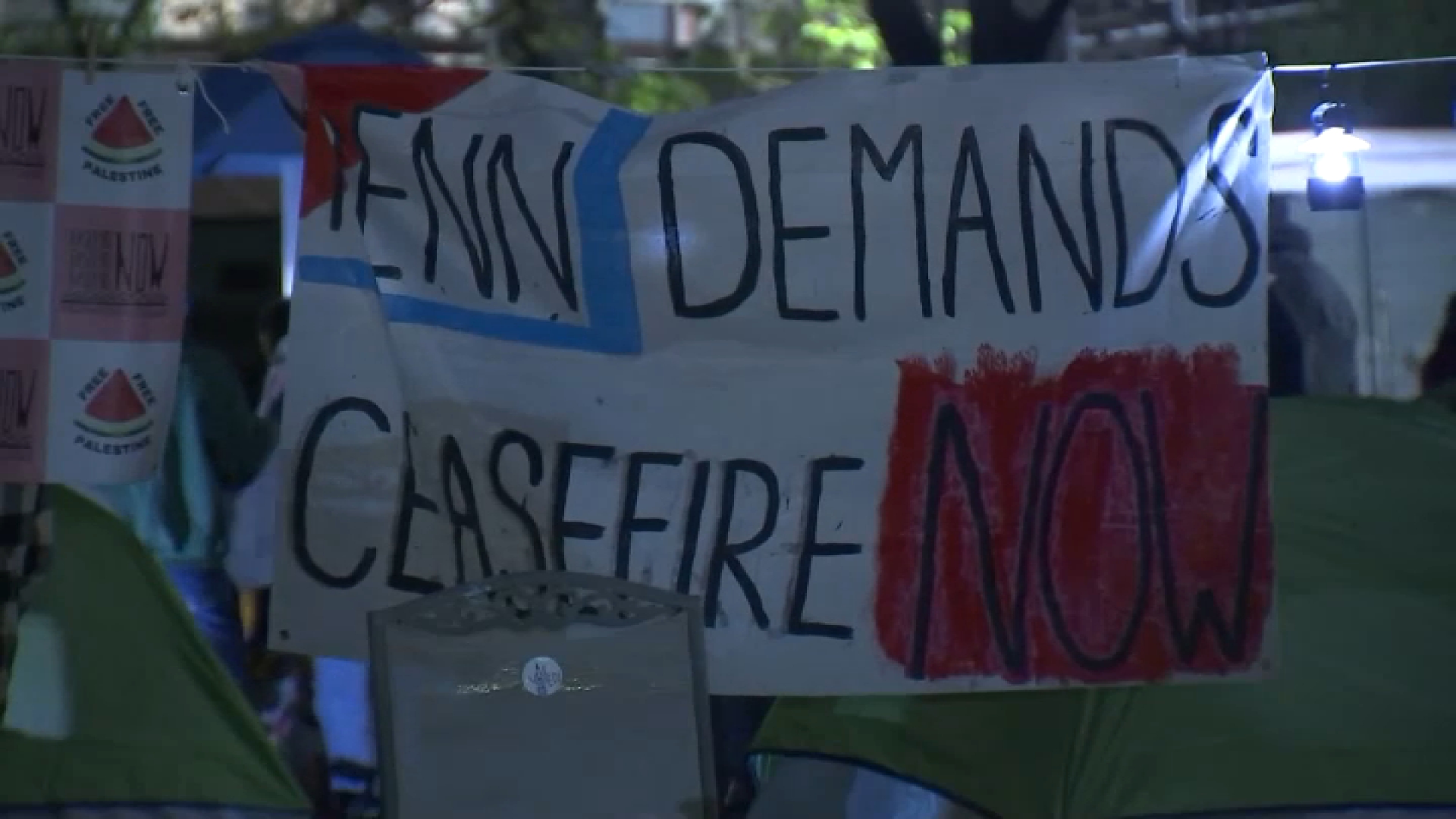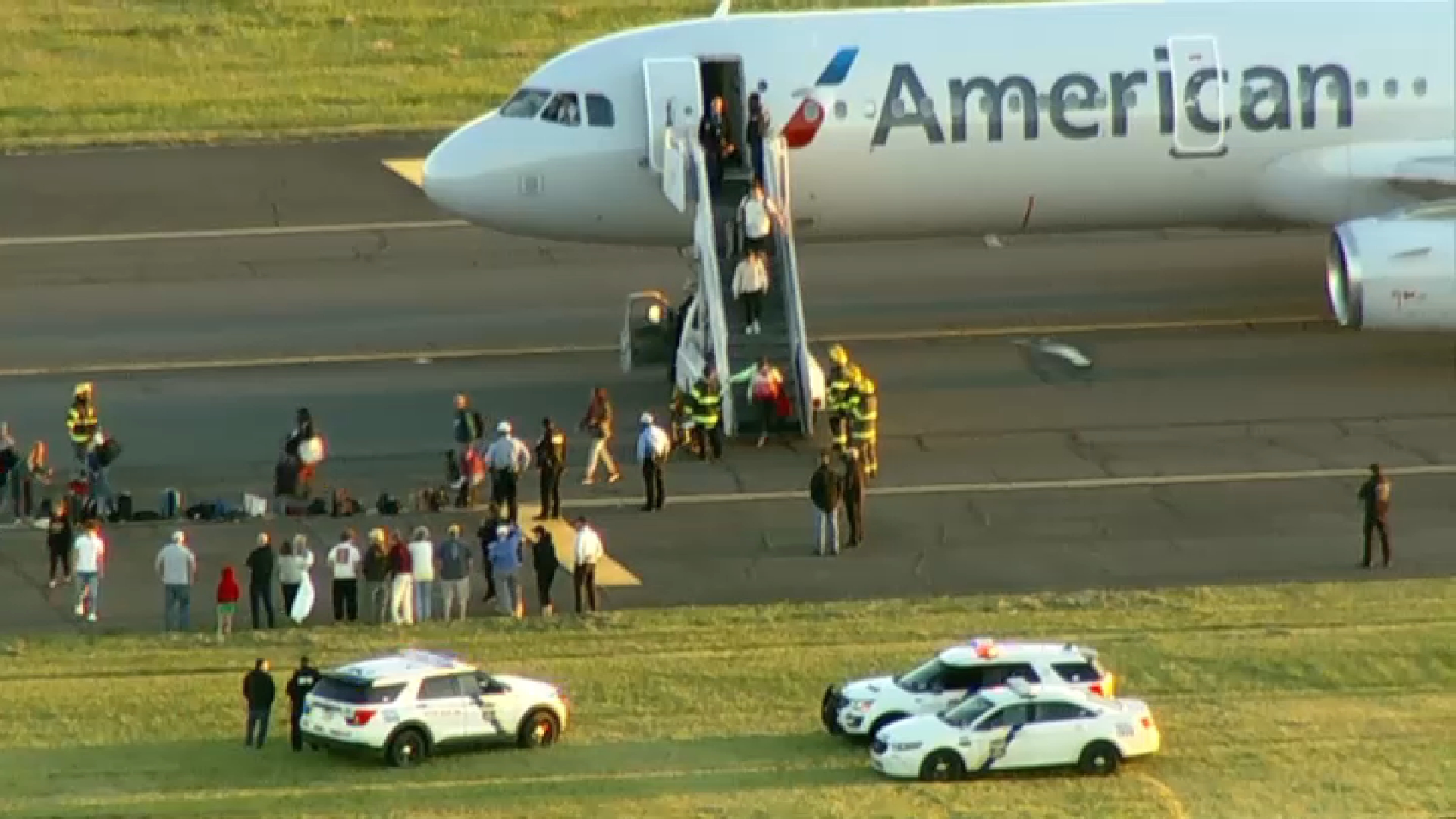This week, a team of archaeologists broke the asphalt in four places at Weccecoe Park, digging to a depth of 3 feet to uncover evidence of the 19th century burial site. On Thursday morning, the fourth and final trench revealed a single gravestone.
"Amelia Brown, 1819, Aged 26 years" is clearly carved into the white stone, with this epitaph:
"Whosoever live and believeth in me, though we be dead, yet shall we live."
"There is no grave shaft associated with that stone, it's just sitting loose in the fill," said Douglas Mooney, senior archaeologist for URS corporation. "It was knocked over at some point, long ago, when the cemetery was filled in in the mid-19th century. It no longer marks an actual grave. It's just a loose stone in the ground."
The gravestone is the pièce de résistance for this dig, but not the goal. Mooney and his team found evidence of many grave shafts, and stone walls representing the border of the cemetery. They have been digging to determine exactly where the cemetery limits are, and how far down. The team stopped digging several feet shy of where actual bones could be.
"It should leave a nice buffer that will ensure the cemetery will not be disturbed," said Mooney.
Burial ground once beyond city limits
Local
Breaking news and the stories that matter to your neighborhood.
Amelia Brown was likely a member of Mother Bethel A.M.E. Church, the oldest African-American church in the country. At the time, the late 18th century, cemeteries in Philadelphia would not accept black people.
Also at the time, the property near Fourth and Queen streets was not within Philadelphia city limits, so Mother Bethel A.M.E. bought it as a private cemetery in 1810 and used it as such until 1864.
Then the property languished, was abandoned, was used as a dump. In 1888, the property was sold to the city to pay for a new church that's still in use today. The site lay vacant a few more years until the city developed a playground on it.
By then the memory of the dead had faded smooth. Mother Bethel Church left nothing behind to mark the burial site.
"It gives us a chance to really do right," said Rev. Mark Tyler, the current head of Mother Bethel A.M.E.
"Unfortunately, like a lot of churches that start cemeteries -- because of the pressing financial issues of keeping a church going -- it ran on really hard times. It's not one of our shining examples that we're proud of. This gives us a chance to redo history a second time."
Chance discovery and impetus for action
Historian Terry Buckalew accidentally stumbled on a mention of the cemetery while researching the 19th century civil rights activist Octavius Catto for a documentary film project. He discovered a record of Catto's wife buried at Bethel Burying Ground, a site he had never heard of.
"I said, 'I can't be smart enough to find something that nobody else knows about,'" said Buckalew.
"Any minute I expected to find a shelf full of books, or whatever. I didn't find anything."
Buckalew set about gathering as much information as he could, coming up with almost 1,500 names of the interred (and counting), estimating another 1,500 names are still out there. He intended to make all the information publicly accessible on genealogical databases, so African Americans would be able to track their lineage.
That all changed when the city announced plans to renovate the playground, involving new trees and underground utility lines.
"There goes the tweed-jacket, leather-patched, absent-minded-professor, all-I'm-doing-is-a-project," said Buckalew. "Oh, God, I gotta be an activist."
Buckalew got in touch with the church, members of City Council, and neighborhood civic groups to present his research and urge action to preserve the graves.
This week's archaeological dig was to determine what exactly is under the asphalt, and where.
Next, all parties will set about devising a plan to properly remember what lies beneath.
This story was reported through a news coverage partnership between NBC10.com and NewsWorks.org



